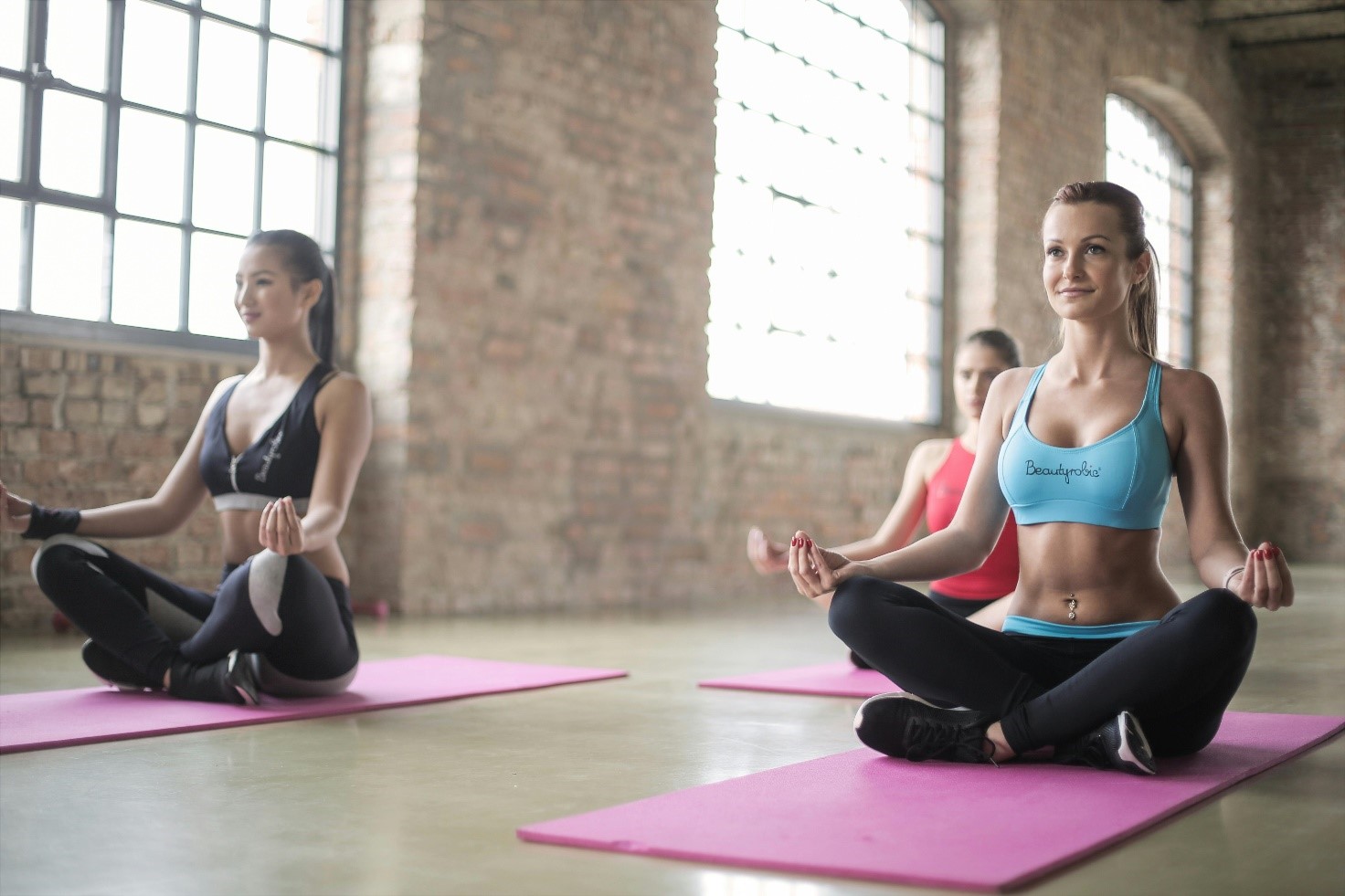Innovation
The study examines health-related quality of life in patients with severe asthma
Evaluation System
Primary outcome: St George’s Respiratory Questionnaire (SGRQ) [25], a valid self-reported health-related quality of life measure in severe asthma.
Secondary outcomes: Asthma Control Questionnaire-5 (ACQ-5), high sensitivity C-reactive protein, fractional exhaled nitric oxide (FeNO), spirometry BMI, percentage body fat and percentage lean muscle mass, 6MWT, steps per day, and sedentary time, self-report measures: Pittsburgh Sleep Quality Index (PSQI), International Physical Activity Questionnaire-Short Form (IPAQ-SF), Hospital Anxiety and Depression Scale (HADS), Dyspnoea-12, EQ-5D to assess health status, Cognitive and Affective Mindfulness Scale-Revise (CAMS-R), Friendship Scale (FS). Charlson Comorbidity Index (CCI) was calculated from self-reported medical history.
The study included two groups: Intervention group and control group
Assessment
A yoga and mindfulness intervention is feasible, acceptable and improved health-related quality of life for people with severe asthma.From the patient’s perspective, exercise interventions for people with severe asthma may benefit from incorporating opportunities for social connection, having a flexible programme structure, incorporating a shift in mindset, addressing breathing and asthma symptoms, and having multiple synergistic components. Studies to improve physical activity among people with severe asthma are needed, and this study is important in informing the design of future research.
References
Hiles SA, Urroz PD, Gibson PG, Bogdanovs A, McDonald VM. A feasibility randomised controlled trial of Novel Activity Management in severe ASthma-Tailored Exercise (NAMASTE): yoga and mindfulness. BMC Pulm Med. 2021;21(1):71. doi:10.1186/s12890-021-01436-3








